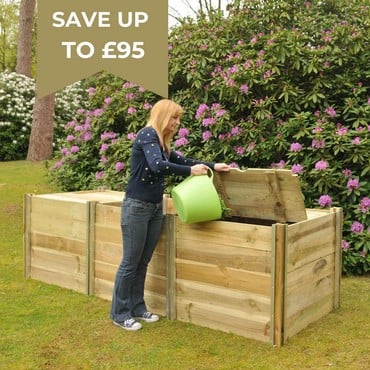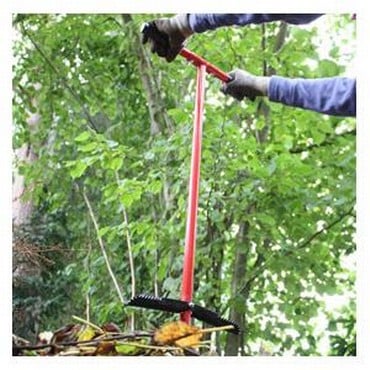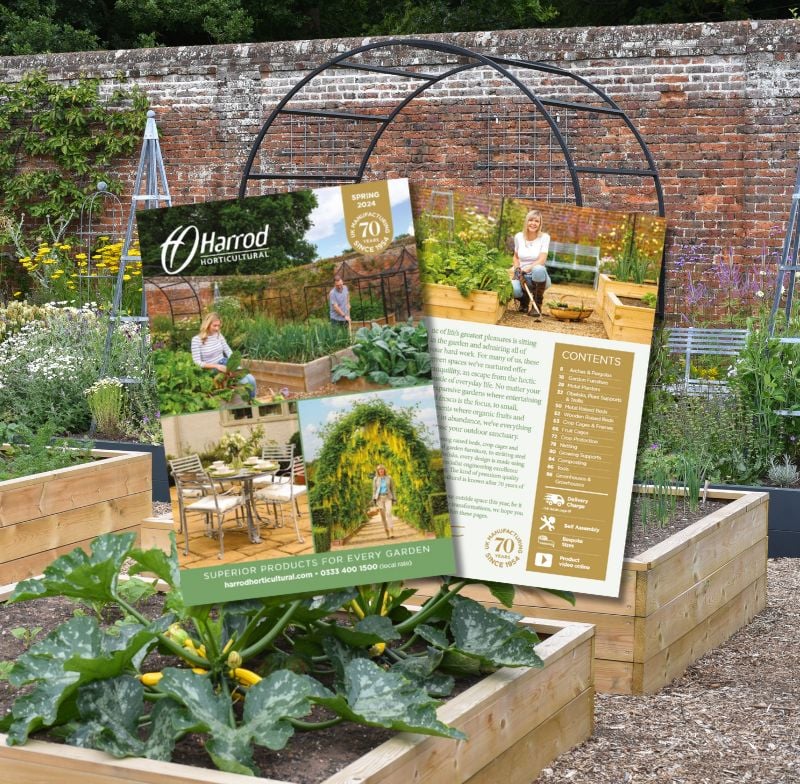Compost Bins Slotting into Place!
I gather from your catalogue you are the compost guru!
I have just bought 2 of your large slot-together compost bins, and am having debates with my husband about how to assemble them!
Should they be placed on bare earth, or have a solid bottom (I have a large plastic stock board that would fit almost exactly). If a solid bottom (stock board) should this be flat, or on a slope so excess water drains away, or should I drill hundreds of holes in it to help with drainage?
We want to locate them next to a hedge that has ground elder in it - is this a concern? Should we put Mipex/ down?
Most composting manuals talk about the importance of aeration, and leaving air gaps under the bottom row of planks - but should we do this - or follow the picture in your brochure where they are resting on the ground with no gaps between plank either.
Many thanks
Lara Buxton
Many thanks for your recent message regarding composting and although I’ve not been described as a ‘compost guru’ until now, I have been known to answer to the moniker of Master Composter!
Let’s take a look at your questions regarding where and how to site the slot together compost bins and from a composter’s point of view, it’s always best to position a compost bin on bare soil. This allows ingress of organisms from the soil which greatly assist with the composting process, especially the conversion and maturation phases. An air gap or air spaces around the bottom of the heap is also beneficial; oxygen is an essential element for the organisms which break down the material in your bin and a vertical flow of air can be provided by layering the base of the bin with sticks, twigs and small branches. Further up the heap, adding plenty of scrunched up paper, toilet and kitchen roll centres, corrugated cardboard and egg boxes will create essential air spaces and – much appreciated by the composter – reduce the need for tiring heap turning.
In the case of our slot together compost bins, you can add small chocks of wood or even sticks to open up the gaps between the lower slats to further increase air intake and flow, but if you create the twig/stick base as described above, this is not essential.
I shouldn’t pay too much attention to levelling up the ground a bin is placed upon, or worry about adding and drilling a base board and the presence of ground elder in the nearby hedge is not a cause for concern either; just cut it back regularly or give it a careful spray with a systemic herbicide (glyphosate–based) to keep it in check. This invasive weed will always find a way under ground cover thanks to the creeping roots so keep the enemy where you can see it would be my advice!
Other composting tips include adding plenty of nettle leaves, making sure any green material added (eg. lawn clippings, vegetable peelings) is accompanied by a similar quantity of brown (paper, sawdust, cardboard) and checking the heap regularly for ants or a lack of progress (too dry) or a wet mess which smells like rotten eggs (too wet).
Hopefully this information is of help and helps you and your husband come to an agreement on where to place the bins and begin filling them, but if there’s anything else you’d like to ask please do!
Thanks again for your message and the best of luck with your composting activities.
Martin

























